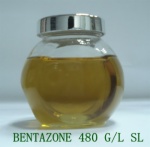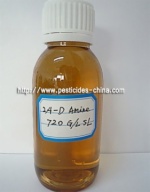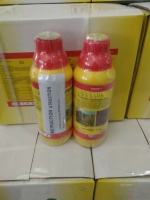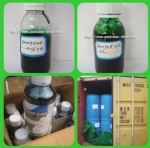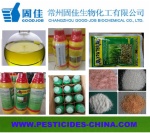What to consider when buying a Knapsack sprayer?
Posted on 2021-11-28
Written by William Taylor [Independent consultant] and Dr Andreas Herbst [JKI Germany]; formerly convenor and secretariat for the working group that prepared ISO 19932.
Does the knapsack sprayer you are considering to buy – leak?
Leaks are regarded by many as the most important problem of knapsack sprayers today. Tank lids, shut-off valves, hoses and their attachment points must all be effective at controlling leaks; under pressure and when the sprayer is vertical, inclined and even horizontal.
Will the sprayer be safe and comfortable to use?
Sprayers must be convenient to carry and comfortable to use. Check to establish it has a lifting point[s] and its fully loaded weight can be readily carried. Straps and their fixing points are critical. Wrong straps may break, come loose, be very uncomfortable and absorb spray solution. Does it also have a waist belt to both secure the sprayer in use and stabilise it when pumping?
Can the sprayer be filled without spillage yet remains capable of filtering out debris that can clog the spray line and nozzle?
Knapsack sprayers are normally filled with spray solutions prepared in buckets. They have to be filled quickly [typically within 60 seconds] without excessive splash or spill and with adequate filtration.
Is the tank opening wide enough and is the filter [strainer] adequate?
Is the tank opening wide enough and is the filter [strainer] adequate?
Is the knapsack stable on near level ground?
Knapsack sprayers must not fall over when not in use. They need to be stable when placed on level ground. Does its weight distribution and design – especially its base – ensure stability? Nozzles are soon clogged and lances soon damaged on sprayers not in use. Is there a parking device for the lance when not in use that also keeps the nozzle safe?
Is the sprayer fitted with adequate filtration?
Poor filtration will cause nozzles to be blocked; a great inconvenience in the field that loses time and lessens safety. Are tank filters/strainers fitted to trap debris when sprayer is being loaded? Is there a pressure filter to protect the shut-off valve in the lance or a ‘last chance’ filter behind the nozzle? Can they be cleaned as and when necessary?
Is the tank content gauge appropriate and readable?
Accuracy of content gauge is critical to accuracy of spraying and minimising any surplus spray liquid. Often, the content gauge is not detailed enough. The gauge cannot see some spray liquids whilst other designs do not allow adequate spare tank capacity [head room] when filled to rated maximum. Ask if these needs are met.
Will you be able to apply the water volumes and pressures that you will need for your crop protection products and crops using the sprayer you purchase?
Sprayer output by the nozzle[s] must be within the range specified by its manufacturer. Can it be varied [within a comfortable pumping frequency and force range] to meet your needs by, for example, changing a pressure setting? Are there a pressure gauge and/or spray pressure control device to help maintain the calibrated nozzle output?
Can the knapsack sprayer be cleaned after use?
External and internal residual spray deposits are a threat to your safety, the next crop sprayed and the environment. Is the sprayers tank with smooth surfaces both inside and out? Are there liquid trapping points on the sprayer and is the spray liquid pick up point effectively located in tank sump? Can it spray out all the prepared solution from its tank?
Is the sprayer robust?
Knapsack sprayers are expected to suffer some shocks in normal use so must be capable of withstanding reasonable impact. Controlled impact tests are used to test whether the components will withstand such shock and – more importantly – allow their continued safe use. Has this sprayer design be shown to withstand reasonable impact?












